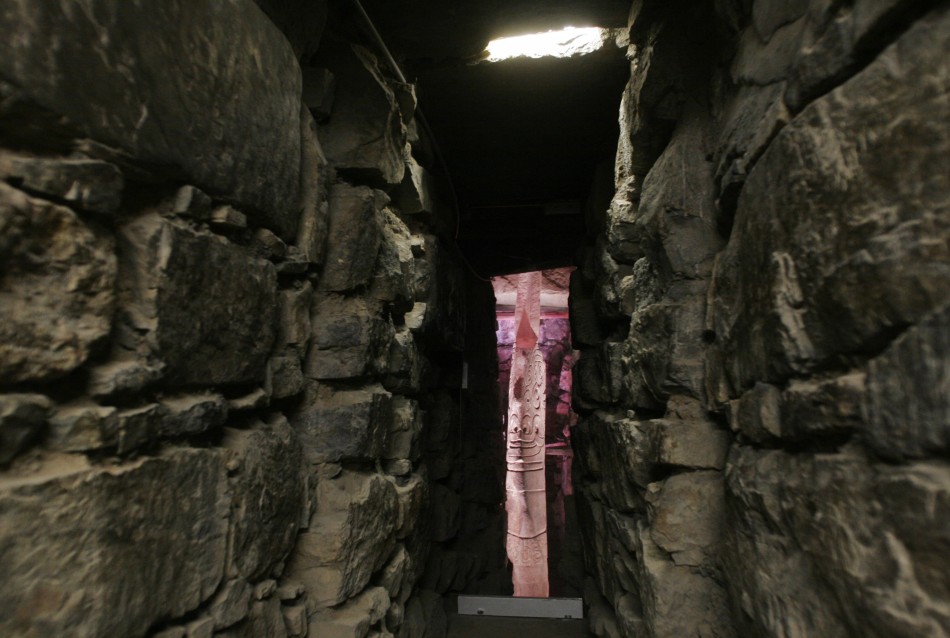Chavín de Huantar: The Ancient Peruvian Site was Built to Create Ceremonial Sounds
Researchers from the Stanford University in Palo Alto, California, have discovered that Chavín de Huantar, an archaeological site in this high valley of the Peruvian Andes, was built to create certain ceremonial sound effects.
During the experiment, the researchers played sounds from loudspeakers located at various points in the site. They asked a group of people, who were made to stand at the different locations in the site, where the sound was coming from.
The design of the maze misled people about the true location of the source of the sound. These results added more evidence that the ceremonial center at Chavín de Huantar was designed to create different sound effects.
The archaeological site contains ruins and artifacts constructed between 1500 and 300 B.C. It consists of number of terraces, squares, ornate megaliths, and a temple.
The site also contains bas-relief sculptures sporting powerful animal imagery, including jaguars, condors, snakes and images of hallucinogenic plants.
According to the researchers, ancient people flocked to Chavín de Huantar to hear the oracles speak. And indeed they spoke in the voice of resonant conch shell trumpets and with the help of architectural design.
"Chavín de Huantar is particularly well suited to the study of ancient uses of sound," says Miriam Kolar, an archaeoacoustics researcher at Stanford University in Palo Alto to the science now journal.
The finding of the research was published in the Science Now journal.



© Copyright IBTimes 2024. All rights reserved.






